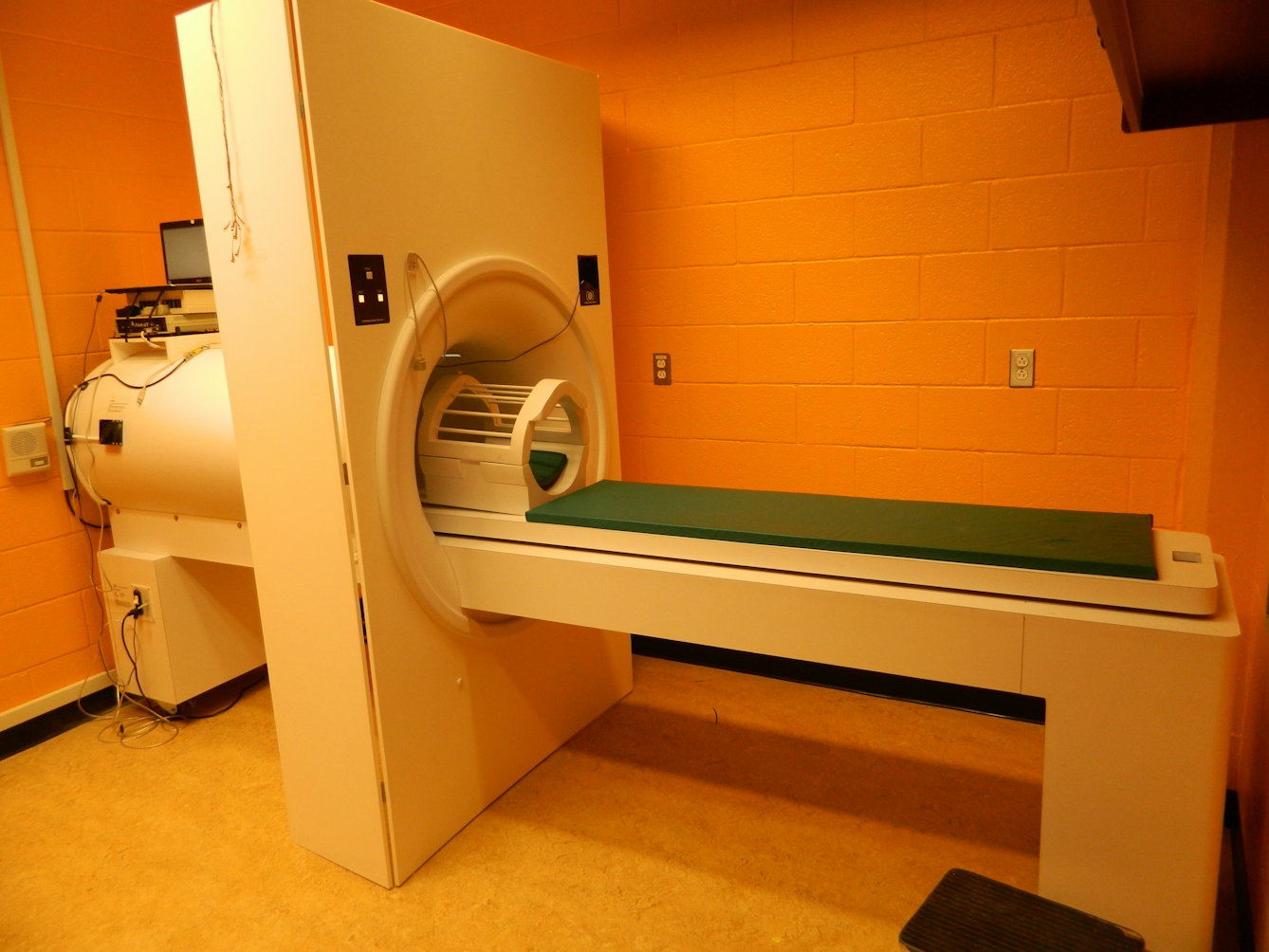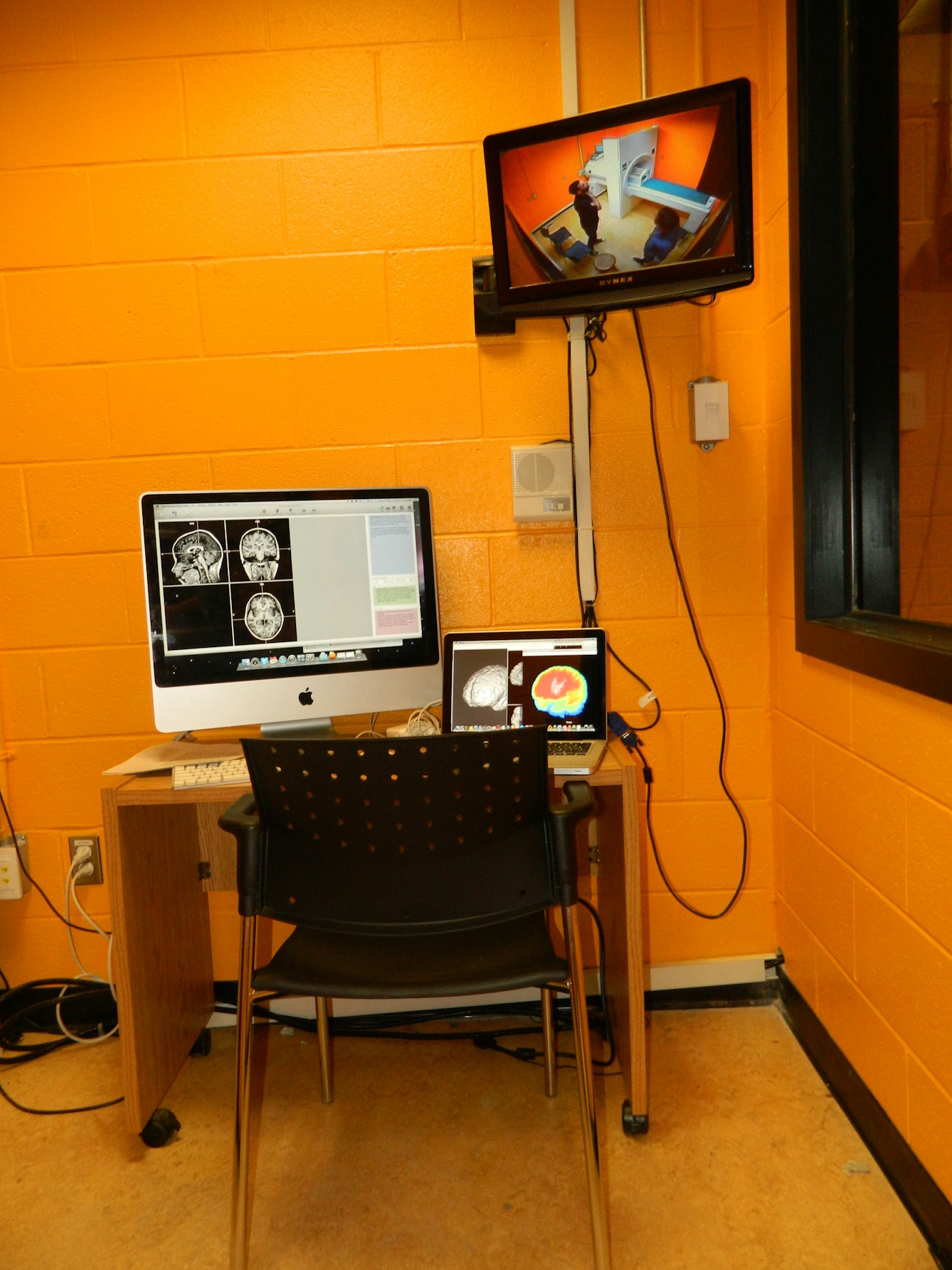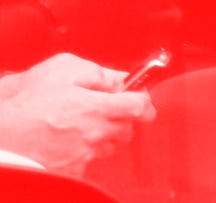While a placebo might not provide a long-lasting improvement in physical health, it can give us a more positive approach to illness. And studies have found that certain kinds of false memory can encourage healthier behaviour. A R Hopwood investigates their intriguing role in our future health.
Believe yourself better
Words by A R Hopwoodaverage reading time 8 minutes
- Serial

You’re sitting in a waiting room in the neurology department of a famous university. Your name is called and you’re shown into a small lab where a team of researchers in their archetypal white coats mill around equipment that looks as ‘neuro’ as you can get: screens with images of brains, wires everywhere, rubber head caps with strange circular connectors and a huge MRI machine being prepared for you. Your throat is dry and your palms are starting to sweat. You’re told to remove all jewellery and anything metal from your pockets.
It’s then explained to you that you will be testing a new form of ‘thought insertion’ technology. When you’re in the MRI scanner, a number between one and 100 will be inserted into your brain by the machine. Your job is simply to be aware of the process and to report the number to the researcher after the scan.
More: How do advertisers get inside our heads?
Lying on the bed of the scanner, you’re slowly moved into the machine. It starts to click and whir at an alarming volume. After a few moments you begin to feel a pressure in your head, a throbbing feeling that seems to correspond to the rhythmic noise of the scanner. And then suddenly it’s there: 48. You’re taken out of the machine and asked to say the number. The researcher then turns a clipboard around and you’re shown a piece of paper that shows the machine was indeed attempting to insert the number 48. It’s worked.
You’re now feeling disorientated and bewildered – you laugh awkwardly. You’re then taken into another room to find out the real purpose of the study...
Placebo machine
Real participants in a study by the experimental psychologist Jay Olson shared this experience. An accomplished conjurer, Olson has designed some radical experiments that use magic tricks to help researchers understand more about the psychology of belief. The true purpose of the study was to establish whether participants would believe that it was possible for a machine to insert a thought based on suggestion alone. The MRI machine in the experiment was in fact inactive – it just looked and sounded like it was working – and Olson used sleight of hand to create the impression that the numbers were correct.
Fascinatingly, many of those who took part said they believed that the machine did insert the thought. But the most surprising finding was the odd sensation that was reported by some participants – they really did feel like the number was being inserted into their heads by the machine.
The physical nature of this unexpected discovery has now led Olson to ask if his inactive MRI scanner, coupled with a suggestive performance, could be used in healthcare as a type of ‘placebo machine’. In a small pilot study, 10 out of 11 children with minor health conditions reported improvements in their symptoms after being told that the inactive scanner would help activate their ‘self-healing mechanisms’.
Although for most the improvements were temporary, two of the participants have continued to report a complete cessation of their symptoms to this day. If such results were scaled to a larger sample, then such a dramatic improvement in the health outcomes of at least 15 to 20 per cent of those taking part would be a substantial finding.
Simulated thought insertion

Fake MRI scanner from the study ‘Simulated thought insertion: Influencing the sense of agency using deception and magic’, 2016.

Monitors showing ‘results’ from the fake MRI scanner.
Deception in healthcare
Despite the promise of the pilot study, it is still very early days and one must take care to ensure that such a deceptive intervention is truly effective. In 2010 Asbjørn Hróbjartsson and Peter C Gøtzsche conducted a meta-analysis of over 200 studies designed to assess the effectiveness of placebo and concluded that “placebo treatments produced no major health benefits, although on average they had a modest effect on outcomes reported by patients, such as pain”.
In other words, a placebo has no effect on disease, but it can temporarily alter a patient’s perception of their condition. If after further large-scale studies Olson’s work is proven to buck this trend, then he may well be on to something. But even if he was, is the use of deception to make someone feel better ethical?
The academic Professor Edzard Ernst would argue that placebos can never be ethical when the treatment is not medicinal in any way. He would state that the initial deception runs counter to the notion of informed consent and patient autonomy, a cornerstone of medical practice. For me though, his most compelling argument against its use is that the short-term alleviation of symptoms through a placebo could mask a serious condition that needs urgent treatment.
But he is also quick to point out that this doesn’t mean that placebo shouldn’t still be used together with medicine that has a proven effect. Ernst observes that an accomplished medical practitioner should be able to elicit a form of placebo effect through their care and compassion for their patient, an interaction that is the most important form of science engagement most of us are ever likely to experience.
Tell yourself a new story
What placebo studies tell us then is that for some, symptoms of illness can be altered positively (and negatively) through a deceptive suggestion in the short term. However, what if such strategies were instead used to change ‘unhealthy’ behaviours as well as disease? Could the effects last longer?
Between 2005 and 2013 false-memory researchers discovered that past memories of food and drink can be substantially altered to affect behaviour. In a series of experiments they took the known techniques of creating false memories through suggestion (which I explored in Part 3) and used them to generate positive memories of healthy eating and negative memories of consuming unhealthy food and drink.
Researchers discovered that past memories of food and drink can be substantially altered to affect behaviour.
They found that those who developed false beliefs and memories of getting ill from consuming hard‐boiled eggs, strawberry ice cream, dill pickles, vodka and rum subsequently reported less interest in consuming them again. Similarly, people who developed false childhood beliefs or memories of loving asparagus reported a stronger preference for that food.
Although the details of our autobiographical memories shift over time, the long-term effects of a remembered life event are continuous, so there is a possibility that such false, behaviour-changing beliefs could have a lasting impact.
We also know that negative memories, false or otherwise, can have a damaging impact on identity and personal relationships. So what if there was a form of false-memory therapy that used deceptive suggestions to put a positive spin on your past? Could deceptively changing the stories a suffering or unhealthy patient tells about themselves ever be an ethical pursuit?
If public perceptions are anything to go by, using our propensity to self-deceive to improve wellbeing may not, in the future, be as far-fetched as it seems. In a 2016 study, 48 per cent thought that such an intervention would be fine. In another study, over half the respondents claimed that they would like to be given the option of using memory-dampening drugs to negate a traumatic experience.
The challenge now for researchers is to establish whether such cognitive tinkering could ever be justified – if it’s accepted practice to use pharmaceuticals to subdue negative behaviours, then why shouldn’t we use memory manipulation? My instinctive response is that it feels like a step too far, but then maybe my beliefs have been too influenced by the fictional dystopias that critique such a notion to see the truth of the matter.
Final thoughts
Throughout this series I have attempted to bring together real-world examples where deceptive strategies are used in order to reveal something fundamental about the nature of human experience. In our era of so-called ‘fake news’, ‘alternative facts’ and ‘post-truth’ politics (all risible terms in their own right), I believe it is still possible to use our vulnerability to misinformation usefully. Whether through making art, magical conjuring, political protest, in the psychology lab or in healthcare, now is the time for us to wrest back control of deception from the frauds and the reactionaries.
Malign misinformation is not new; however, the way in which it is communicated is, so there is a heavy burden of responsibility on our politicians, celebrities, influencers, technologists and media to be rigorous and considered when calling upon the ‘evidence’. But this may never happen, so in the meantime we all have a responsibility to be aware of our vulnerabilities and to become more effective and critical consumers of information.
About the author
A R Hopwood
A R Hopwood is an artist and Wellcome Trust Engagement Fellow. He has collaborated extensively with psychologists to create art projects about memory, belief and misdirection, including WITH (withyou.co.uk) and the False Memory Archive. He was co-curator of ‘Smoke and Mirrors: The Psychology of Magic’ at Wellcome Collection in 2019.
